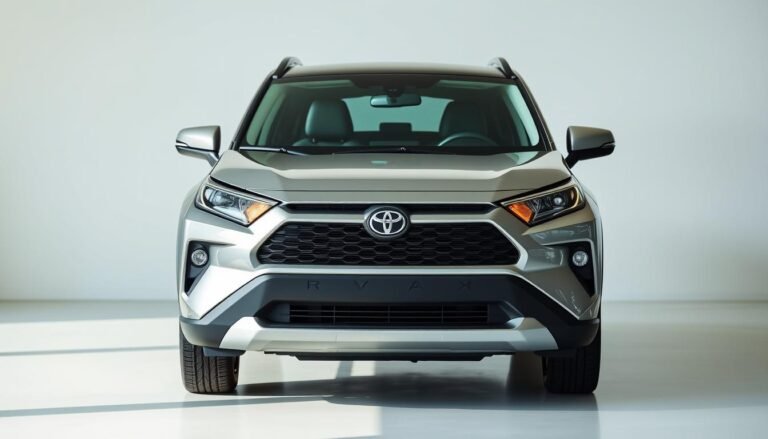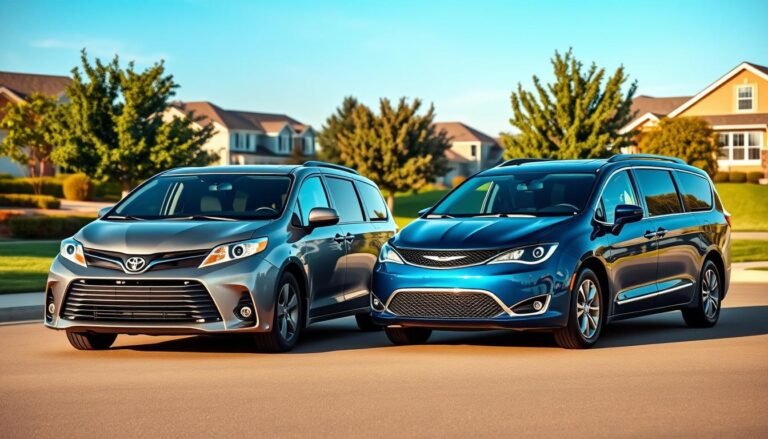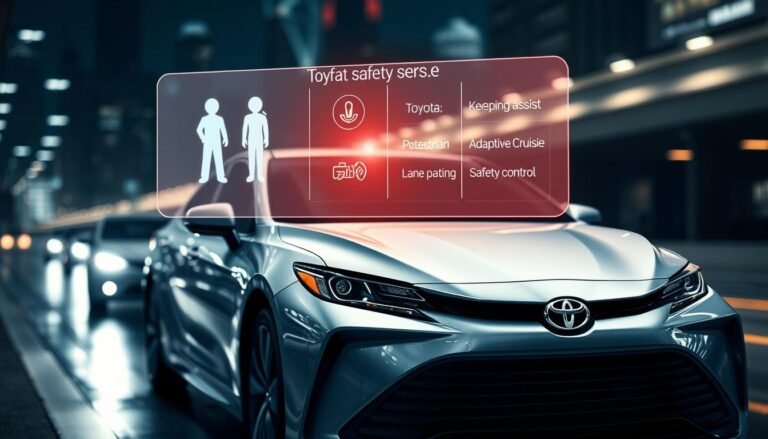Toyota Corolla Years To Avoid – Buyer’s Guide
When looking for a used Toyota Corolla, knowing which toyota corolla years to avoid is key. This guide gives you important details on which models may not be as reliable.
Although the Corolla is famous for its dependability since 1966, some years have problems.
Issues can range from engine failures to electrical issues, impacting your experience. This guide helps you find reliable Toyota Corolla model years and what to dodge.
Our car buying advice will help you choose a car that’s both reliable and worth your money.
You’ll learn about the Corolla’s history, which years to avoid, and how to check cars you might buy. Dive into this guide for crucial info on your next car buy!
Introduction To Toyota Corolla Reliability
The Toyota Corolla is known for its reliability in the car world. It is celebrated for being fuel-efficient, affordable, and durable.
Drivers enjoy its performance and low cost of ownership. However, it’s important to note that not every model year is the same in reliability.
Most Toyota Corolla owners are happy with their cars, but some years have had problems.
Knowing which years of the Toyota Corolla are most reliable will help you choose a good one.
This way, you can avoid the models with lots of problems and feel confident when buying a used car.
What Is The History of The Toyota Corolla?
Since its launch in 1966, the Toyota Corolla became crucial in the car industry. By 2016, over 44 million units had been sold.
This car has changed a lot, always aiming to meet consumer needs and including the latest technology. The evolution of the Corolla shows in its different styles and features.
These changes made it popular across various groups. Throughout the years, Toyota focused on making the Corolla reliable and efficient.
The earliest models were simple and compact. But later ones offered new safety features and tech like infotainment systems.
However, some models did have issues with their mechanics and electronics. Knowing the Corolla’s history helps buyers choose the most reliable models.
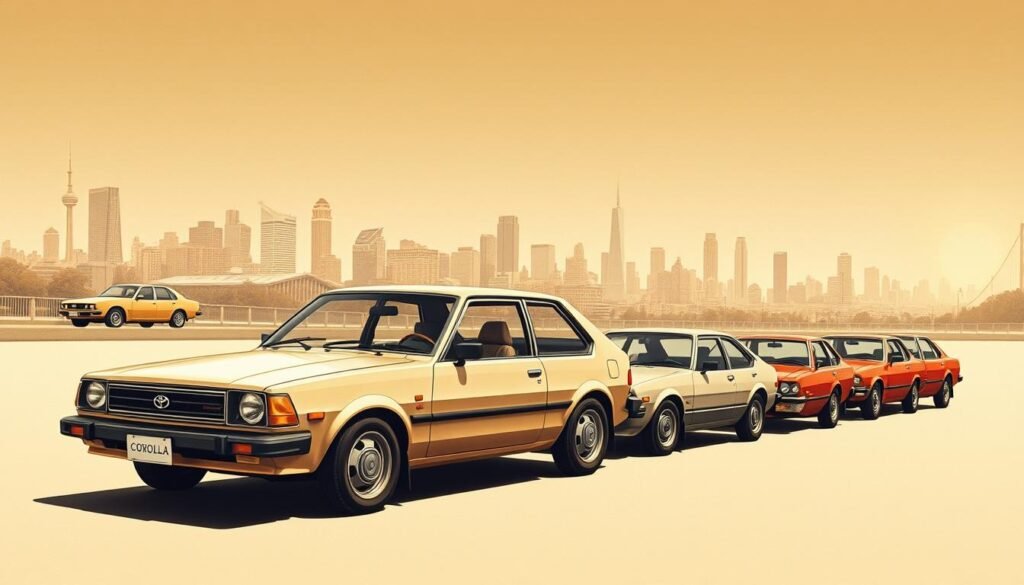
| Year | Milestone | Notable Features |
|---|---|---|
| 1966 | Introduction | Compact design, economical |
| 1976 | Production of the 2nd generation | Increased comfort, innovative design |
| 1983 | Introduction of front-wheel drive | Improved handling, larger interior |
| 1997 | Generation 6 launch | Modern styling, fuel efficiency |
| 2007 | Introduction of the 10th generation | Advanced safety features, technology upgrades |
| 2016 | Milestone of 44 million units sold | Continuing legacy of reliability |
Common Problems with Toyota Corolla Models
The Toyota Corolla is well-known for lasting a long time and being efficient. Yet, some models have common problems with toyota corolla.
Many owners talk about using too much oil. This can lead to big engine troubles if it’s not fixed right away. Another issue is with the transmissions.
Drivers have shared many typical complaints. They face problems with shifting gears or the car slipping when it shouldn’t.
Some Corollas also have electrical issues. Problems starting the car are common because of battery and starter troubles.
On top of this, the air conditioning might not work well, which is a big issue in hot places. Knowing these toyota corolla reliability issues is important when buying a used car.
Being informed about these common complaints can help you avoid problems and protect your money.
Overview of Reliable Toyota Corolla Model Years
If you’re looking for a used Toyota Corolla, some years are better picks. The 2004 to 2008 models are sturdy and perform well.
They have fewer complaints from owners, making them a reliable choice. The years 2011 to 2013 also stand out for their quality and advanced features.
These years saw even fewer problems, according to consumer reports. They’re known for low complaint rates.
Choosing these recommended years can improve your experience with a used Toyota Corolla.

| Model Year | Reliability Rating | Common Issues |
|---|---|---|
| 2004 | High | Minor electrical problems |
| 2005 | High | Brakes wear slightly faster |
| 2006 | High | Transmission concerns |
| 2007 | High | Significant mechanical reliability |
| 2008 | High | None reported |
| 2011 | Very High | Minimal issues |
| 2012 | Very High | Negligible complaints |
| 2013 | Very High | Low maintenance costs |
Toyota Corolla Years To Avoid
If you’re looking for a dependable car, knowing which Toyota Corolla years to skip is key. Some years are known for troubles that can cause big problems for owners.
The 2000 Toyota Corolla is known for using too much oil. Owners with relatively low mileage have seen this issue, leading to expensive fixes.
The 2001 Toyota Corolla has similar problems as its predecessor. It uses too much oil, which is a bad sign for its dependability.
The 2002 Toyota Corolla also has issues with oil use. Many complaints about low oil levels can harm the engine badly.
The 2003 Toyota Corolla is usually reliable, but it faces its own issues. Problems with the transmission, like odd noises and shifting troubles, can be pricey to fix.
The 2009 Toyota Corolla brings more problems, such as using too much oil and water pump failures. These issues mean costly fixes for owners.
Lastly, the 2014 Toyota Corolla comes with electrical issues. These affect the infotainment system and other electronics, leading to more repair bills.
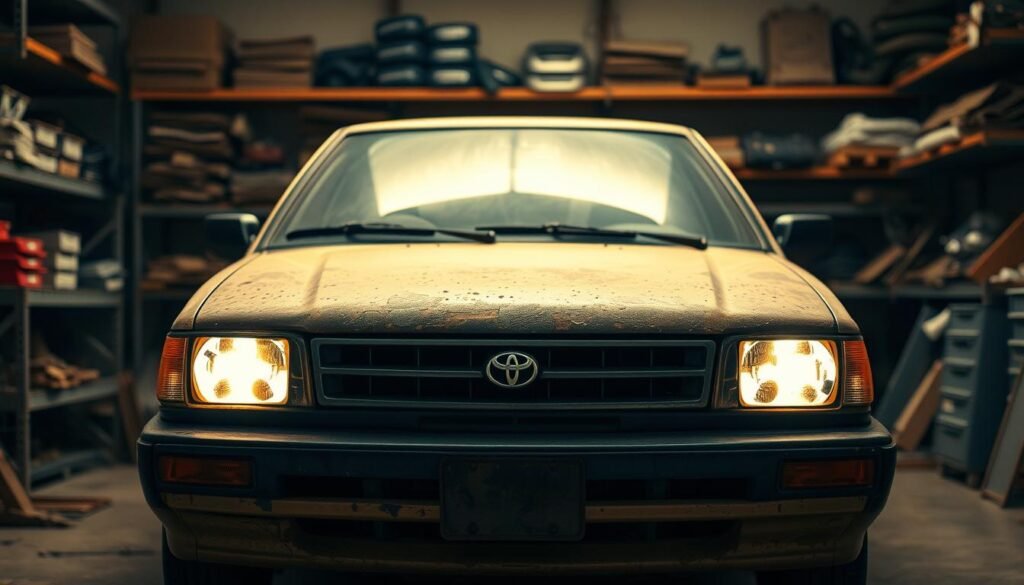
Why Certain Years Are More Problematic?
Knowing why some Toyota Corolla years are tricky helps you choose wisely. The problematic years often have various issues due to design and making choices.
Problems may come from engine flaws or faulty electrical and mechanical parts.
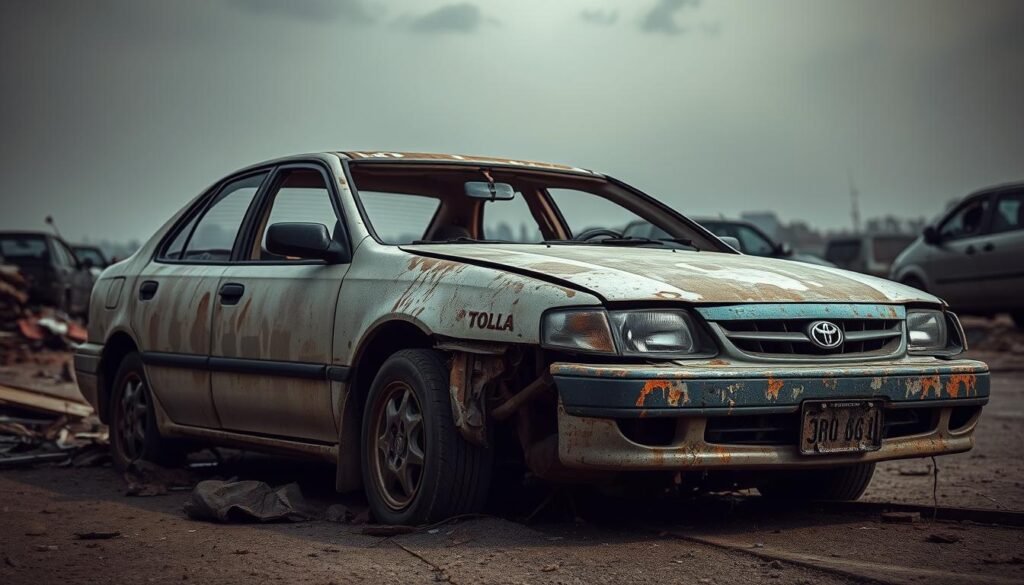
From 2000 to 2003, models used too much oil which wasn’t caught early on. This issue raised doubts about the engine’s durability over time.
The 2014 models had electrical problems due to component failures, adding to these concerns. Learning these problems is key when looking at different Corollas.
Knowing what went wrong can help you avoid future troubles. Make sure to closely check any used Toyota Corolla from these years.
Do this before you decide, to make a smart choice about its reliability.
Tips For Inspecting A Used Toyota Corolla
When checking out a used Toyota Corolla, it’s important to be thorough and careful. Use these tips to spot any problems that aren’t obvious.
Start by looking over the car’s outside for dents, scratches, and rust. Check the paint carefully for uneven areas, which may show repairs.
Then, look under the hood. You’re checking for any leaks, odd smells, or rusty parts. Make sure the belts and hoses look okay to avoid future costs.
The tires’ condition is also key; check their tread and for any uneven wear. Don’t ignore the car’s inside. Look for too much wear on the seats and dashboard.
Test all the electronics like windows, locks, and the entertainment system. A thorough check lets you buy with confidence.
Evaluating Maintenance History For Used Models
When looking at used models, it’s key to check the maintenance history. Going through the Toyota Corolla service records tells us about the car’s past care.
It shows if the car got regular oil changes, brake services, and inspections. These keep a car running longer.
Having a strong maintenance history shows the last owner cared a lot. This usually means the car will have fewer problems later.
Look closely at the service dates; big gaps might mean the car wasn’t well-cared for. But, a lot of records showing regular care is a good thing.
Too many repairs or missing service records should worry you about a used Toyota Corolla. Digging into these details helps guess how reliable the car will be.
It can also help you make a smarter buying choice. Making sure the car was well-maintained means you’re getting a reliable ride.
Recommended Toyota Corolla Years For Purchase
If you’re looking for a reliable car, think about getting a Toyota Corolla from 2004 to 2008 or 2011 to 2013.
These models stand out because they’re very reliable and have few problems. People who own them are really happy, making these years a smart pick.
Choosing one of these years means you’ll get a car that runs well and is dependable. To get the most from your buy, pick a car from these years that’s been taken good care of.
Conclusion
Choosing the right Toyota Corolla means knowing which years to avoid. This guide has given you the info you need to pick wisely.
By choosing the best years, you make a smart decision for both reliability and your budget. When looking for a used car, it’s important to stay informed.
Avoiding the bad years lets you focus on cars that are most reliable. This way, you avoid future problems and make a wise investment.
When searching for a dependable Toyota Corolla, remember these tips. Do thorough research, inspect the car well, and stick to the recommended models.
By following this advice, you’ll find a car that suits your needs and budget perfectly.
FAQs
Which Toyota Corolla years should I avoid due to common problems?
Be wary of the 2000 to 2003 and 2009 and 2014 models. They’re known for major issues like using a lot of oil and transmission and electrical problems.
What are the most reliable Toyota Corolla model years?
The years 2004 to 2008 and 2011 to 2013 are the most reliable. They have fewer problems and high satisfaction among drivers.
What common problems do Toyota Corollas encounter?
Corollas often face issues like burning too much oil, transmission problems, electrical glitches, and air conditioning issues.
How can I assess a used Toyota Corolla’s reliability before buying?
Look over the car carefully, check its service history, and make sure it has no obvious damage or mechanical problems.
What should I look for during a vehicle inspection?
Look for body damage and rust, check for leaks under the hood, make sure the tires are good, and test the electronics, including the infotainment system.
Why do certain Toyota Corolla years have reliability issues?
Some years have issues due to design mistakes, manufacturing errors, and the materials used. This can affect their reliability and performance.
How important is the maintenance history of a used Toyota Corolla?
Very important. A car with a full service history is likely to be more reliable, showing it’s been well looked after.




